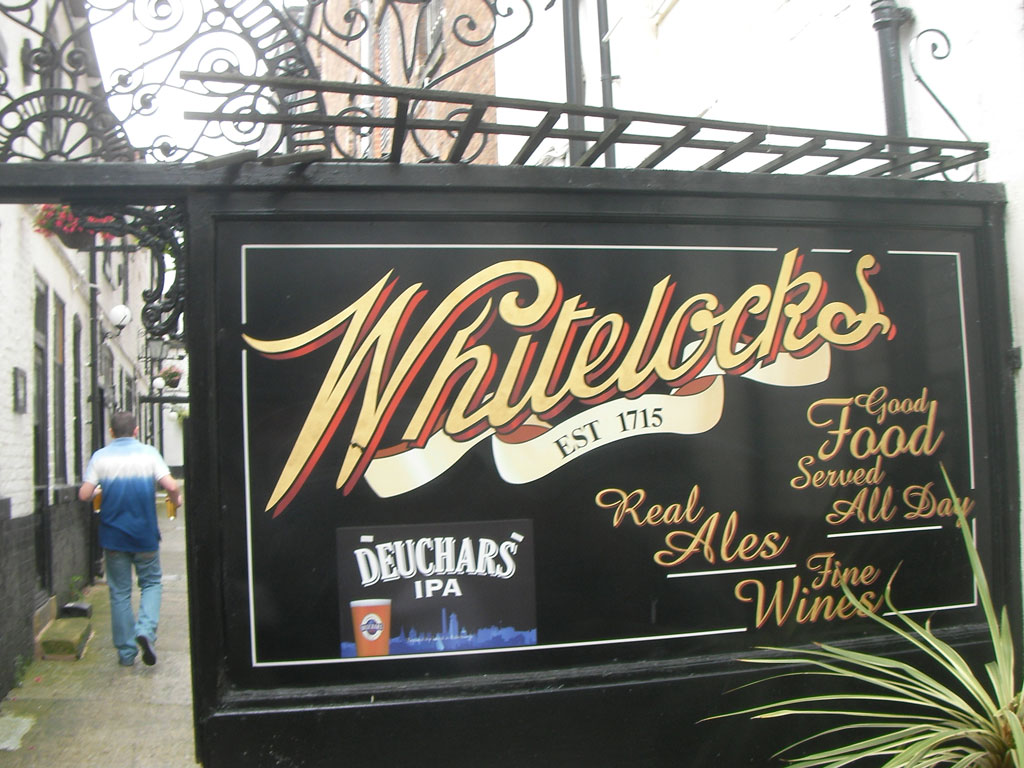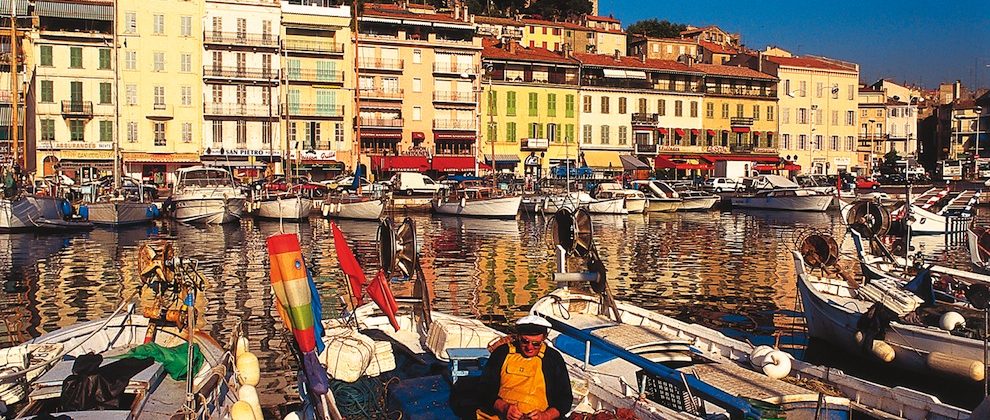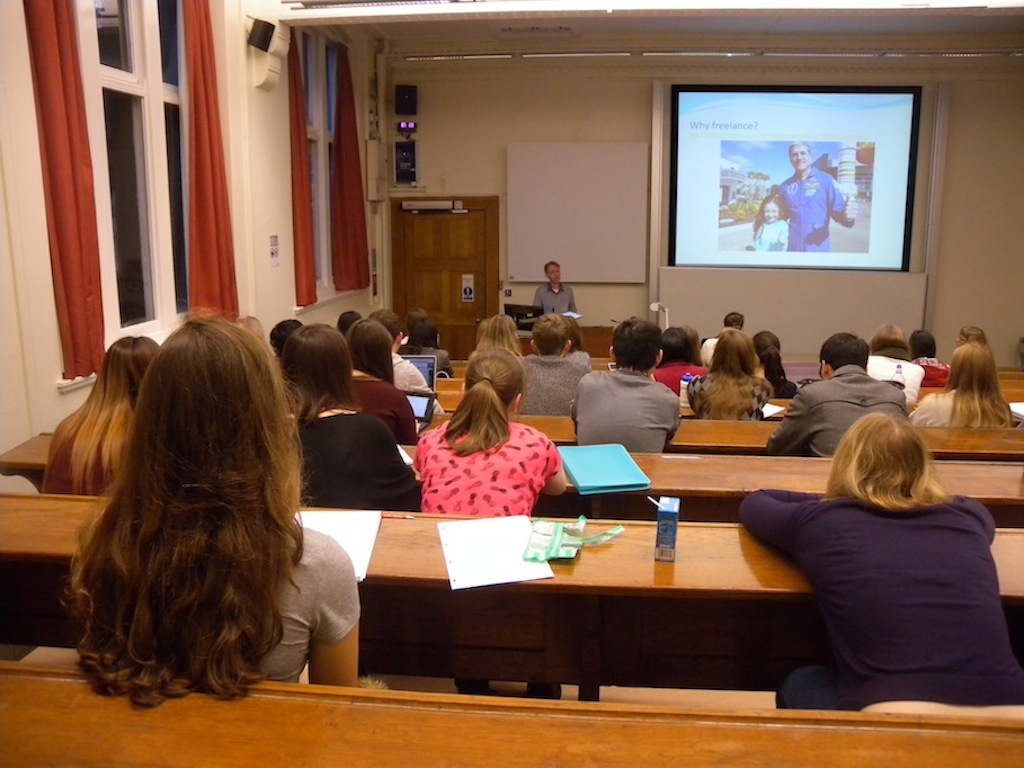
* This is the latest post in a weekly series, highlighting stories from my travel-writing archive. Subscribe to the RSS feed for more.
It felt like a prodigal return.
Stepping off the train at Leeds station, the memories flooded back of filing my first copy in the early nineties for Leeds Student – a gig review of Mudhoney at the University Refectory, since you ask.
I soon developed a taste for bylines and, within a few years, had moved to a postgraduate journalism school in London, later turning freelance and travelling the world on newspaper travel assignments.
I always felt a certain fondness for Leeds but hadn’t been back in 17 years. That is, until now.
In those intervening years, while I was exploring Japanese hot springs and trundling through the Andes in clapped-out buses, something changed: Leeds became the story.
I missed the opening of the first Harvey Nichols outside of London in 1996 and the subsequent retail boom. I felt a frisson of civic pride as Leeds became largest financial and legal centre outside of London around the millennium.
When the Council on Tall Buildings and Urban Habitat (CTBUH) voted Leeds Met’s Broadcasting Place, the best tall building in the world, I raised a celebratory pint of Tetley’s.
After all, Leeds had beaten Dubai’s Burj Khalifa, the world’s tallest building.
History class
So it was time to revisit some old haunts, witness the post-millennium wave of urban renaissance, the idea spearheaded by the architect Richard Rogers and the Urban Task Force, and explore the new face of the city.
But, first, it was time for a cup of tea and a crash course in post-industrial architecture.
I meet Dr Kevin Grady, Director of the Leeds Civic Trust, the body responsible for the numerous blue plaques around the city, under the lavish, stained-glass roof of the Country Arcade in the Victoria Quarter.
Around us cappuccinos are being frothed, designer labels by the likes of Ted Baker and Vivienne Westwood displayed, and flyers for new cultural events distributed. It feels very new Leeds.
Dr Grady, sipping Earl Grey, says: “I love the way the heritage architecture of Leeds has been adapted to the modern, vibrant city. The way the city was cleaned up in the Nineties to reveal its stunning heritage has really restored its civic pride.”
Leeds may have blossomed post millennium but, as Kevin explains, it wasn’t Leeds’ first flush of success as a business hub.
The Bank of England opened a satellite office in Leeds in 1827, a certain Michael Marks of Marks & Spencer fame first set up his Penny Bazaar in 1884 at Leeds Kirkgate Market and, in 1921, Montague Burton founded a huge clothing factory, which evolved into the high-street tailoring stalwart Burtons.
By the time Leeds gained city status in 1893, it was already a booming urban metropolis.
Kevin adds:
“If you stand at the top of Briggate today and look down the road, you get the same sense as standing at the top of Las Ramblas in Barcelona.”
Barcelona? The Leeds I remember was more like Belgrade.
The perpetual monotone-grey sky, the sucker punch of stale beer in the Union Bar and serious boys in long, dark-tweed overcoats walking cinematically through an urban wasteland to a soundtrack of Joy Division and the Sisters of Mercy.
I should know. I was one of them.
Zoned In
The heritage infrastructure of Leeds was physically shaped by the Victorian and Edwardian eras.
The Hull-born architect Cuthbert Broderick was a key figure in the city, designing the imposing Town Hall in 1858 and the Corn Exchange in 1863. Broderick is today represented with a huge modernist pub on the rear flank of Millennium Square, an area of the city that is completely new to me.
While much if the square feels soulless to me, it is home to the new cultural powerhouse, the £19m Leeds City Museum, which transformed the Grade II-listed Civic Institute building off Millennium Square into a state-of-the-art museum.
The Leeds Story, the permanent upstairs gallery, traces the origins of Leeds from Iron Age roundhouses to a recent concert by local favourites, the Kaiser Chiefs.
For me, the biggest surprise of my visit, however, is the development beyond the train station and south of the River Aire.
During my undergraduate days, it was pretty much a non-go zone. But Holbeck Urban Village, the crucible of the city’s Industrial Revolution, is today reborn as a regeneration-zone business hub with a focus on digital media start-ups.
The landscape is a work-in-progress mix of gritty industrial heritage and modernist new build, interspersed with a clutch of cosy gastropubs, refurbished workshops and fringed by apartment-style residential developments.
Back across the River Aire, the lower city centre has evolved dramatically with a clutch of new boutique hotels around a reformatted City Square, a huge retail and eating centre, The Light, on The Headrow and the new all-glass façade of the revived City Varieties theatre to be unveiled this autumn.
The Northern Ballet has a new purpose-built site on Quarry Hill, while the big new project for 2012 is Leeds Arena, a new music, entertainment and sports centre with a striking honeycomb design. Despite some faltering projects along the way given prevailing economic conditions, Leeds looks in rude health.
“Alumni returning to Leeds will find a hugely improved cultural offer, much-improved infrastructure, better pedestrianisation and street furniture, and a more interesting cityscape, mixing modern architecture with the cleaned-up Victorian buildings,” says Dr Rachael Unsworth, Lecturer in the School of Geography, who teaches on urban sustainability and resources.
But the city centre faces new challenges. A series of recent public meetings, organised by academics from Leeds University, highlighted the key issues.
Traders at Kirkgate Market continue to face an uncertain future, the independent shops of the Corn Exchange have been replaced by upmarket chain eateries and the slew of yuppie-hutch flats still search for owners while their equity turns negative.
While the city remains compact and architecturally rich, local voices are calling increasingly for more green space, tempting car users back onto public transport and increased support for independent local businesses to counter the clone-town Britain effect.
So, if I don’t return to Leeds for another 17 years, what could I expect to find? Dr Unsworth says:
“A greener city with a park on the south bank of the River Aire, no through traffic, hence a city more oriented towards pedestrians and cyclists, and a new phase of development, which is more environmentally sound.”
“That’s not just wishful thinking,” she adds. “It’s grounded in economic rationale to make Leeds a more liveable city.”
Sup up
For me, having explored changing Leeds, I was starting to crave something of frozen-in-time Leeds, a paean to a long-past but highly prized era of my life. I found it in a history-rich little alleyway just off Briggate.
Whitelocks [pictured above] is the oldest pub in Leeds – its first license was granted in 1715 – and the poet John Betjeman described it as, “The very heart of Leeds.”
With its stained-glass windows, Art Deco ‘Luncheon Bar’ sign and Yorkshire’s Black Sheep ale on tap, it remains an oasis of real ale, home-cooked food and good company, the kind of place I happily spent many a Friday afternoon reading Leeds Student and delaying those big decisions about life after Leeds.
I settled down with a pint and satisfied warm glow. The city may evolve with the vagaries of time, fashion and economic conditions, but Whitelocks remains a corner of the world that will be forever Leeds.
I felt, finally, at home.
* This story was first published in Leeds magazine in 2010.
Liked this? Try also, Enterprise feature for Leeds alumni magazine.
Your view? Post your comments below.



